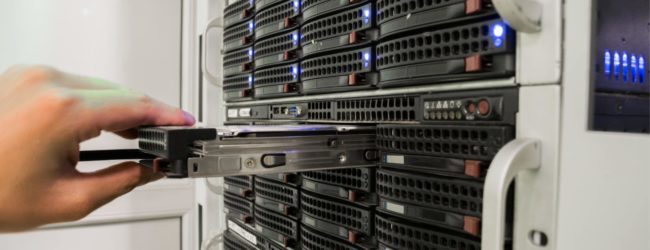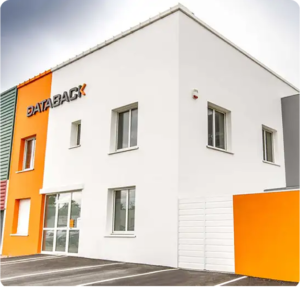Replacing a faulty RAID disk
Replacing a hard disk in a RAID system is a delicate operation, during which your data is particularly vulnerable. While the deployment of RAID enhances the security and/or performance of your information system, it should not dispense with the implementation of solid backup and data recovery procedures.
RAID system failures: understand and anticipate
Performing a RAID failure simulation, when installing a new system, can be of great benefit to your company. This will enable you to understand your RAID system configuration, to test the correct implementation of administrative and hardware procedures in the event of a failure and, if necessary, to trigger an appropriate BCP/DRP.
The most frequently deployed RAID systems are RAID 0, RAID 1, RAID 5 and RAID 6. Their ratios of performance, fault tolerance and data security depend on the way in which the hard disk clusters that make them up are aggregated. With the exception of RAID 0, dedicated solely to read/write speed, all RAID systems require the security of at least one hard disk.
However, the security of a RAID system is relative, even on systems considered to be reliable. The majority of failures begin with the loss of a single hard disk within the configuration. But a cascade effect can occur when the disks in a cluster or RAID belong to the same series or batch: having had identical activity, they can become inoperative within a very short time.

Replacing a RAID hard disk: the various stages
To replace a hard disk in a RAID system, there are several steps to follow.
In most cases, an alert is sent to the RAID administrator (e-mail alert, audible signal, warning light, etc.). It is then important to take note of these alerts, clear up any doubts and launch the appropriate procedures. As long as the RAID storage volume is accessible and before any other operation, it is essential to make a backup of data and/or check daily backups.
The second step is to replace the defective hard disk. This is the most critical step in managing the failure: with the exception of RAID 6, at this point the system is no longer secure at all. The delivery of a replacement drive can sometimes take several days, so the period of vulnerability can be very long.
The third stage involves rebuilding the data on the RAID system following replacement of the faulty hard disk. An equally critical and delicate phase, this process involves irreversible write operations, both on the new hard disk and, sometimes, on the parity zones of the other disks.
Cascading RAID failures: your last resort
As mentioned above, RAID system failures can occur one after the other when hard disks come from the same batch or series. These cascading failures can result in the loss or inaccessibility of your data. Data recovery operations on RAID systems should then be considered.
In the second stage (and always with the exception of RAID 6), you should never replace more than one defective hard disk, otherwise you risk losing your data for good. And in the event of data loss, the best course of action is to switch off the power supply to the hard drives.
If a hard disk in the RAID system becomes inoperative during the data reconstruction phase, bad information can be written irretrievably to the other disks. These corrupted writes can then lead to permanent data loss.
In all cases, therefore, it’s best to contact a data recovery laboratory, which can extract your data and make a copy of your defective hard disks before any other operation (disk replacement, data reconstruction operation, etc.).
13 March 2020








